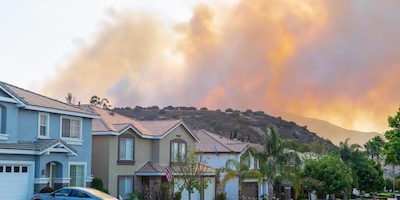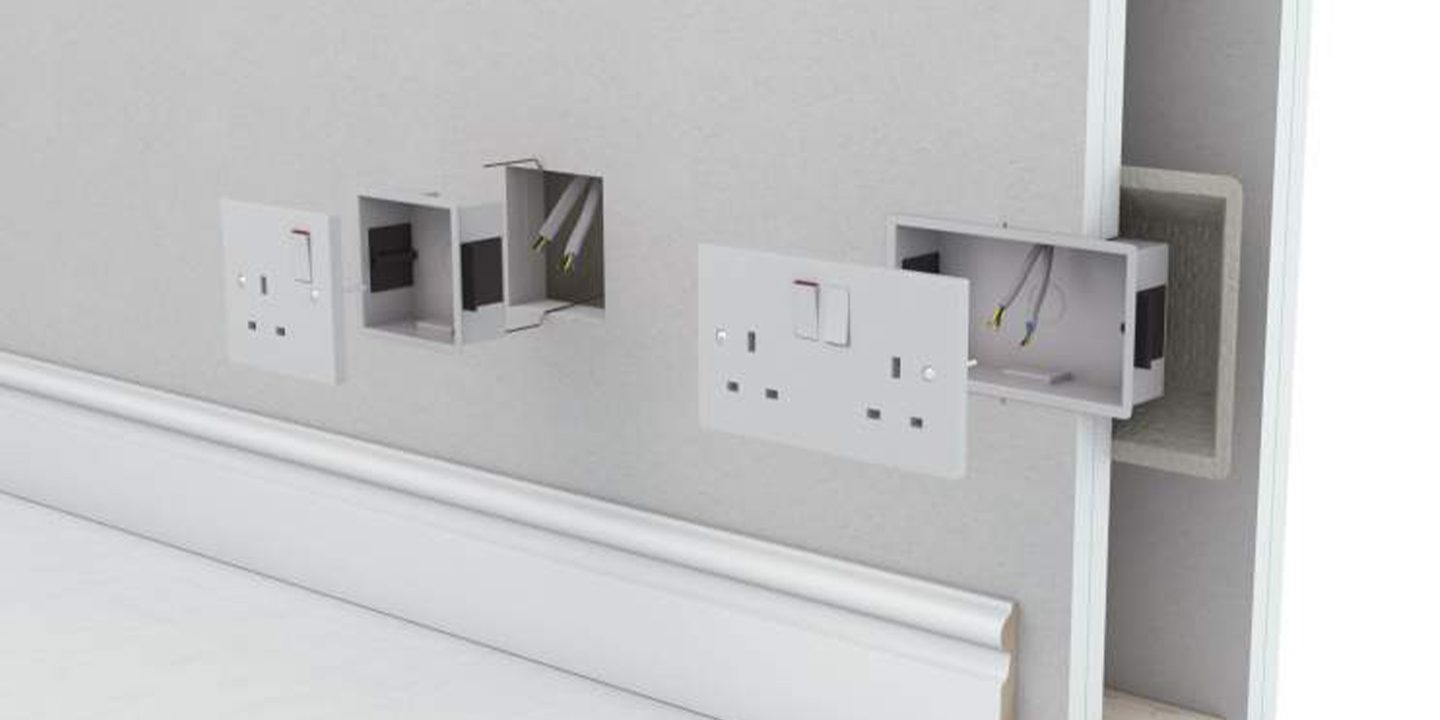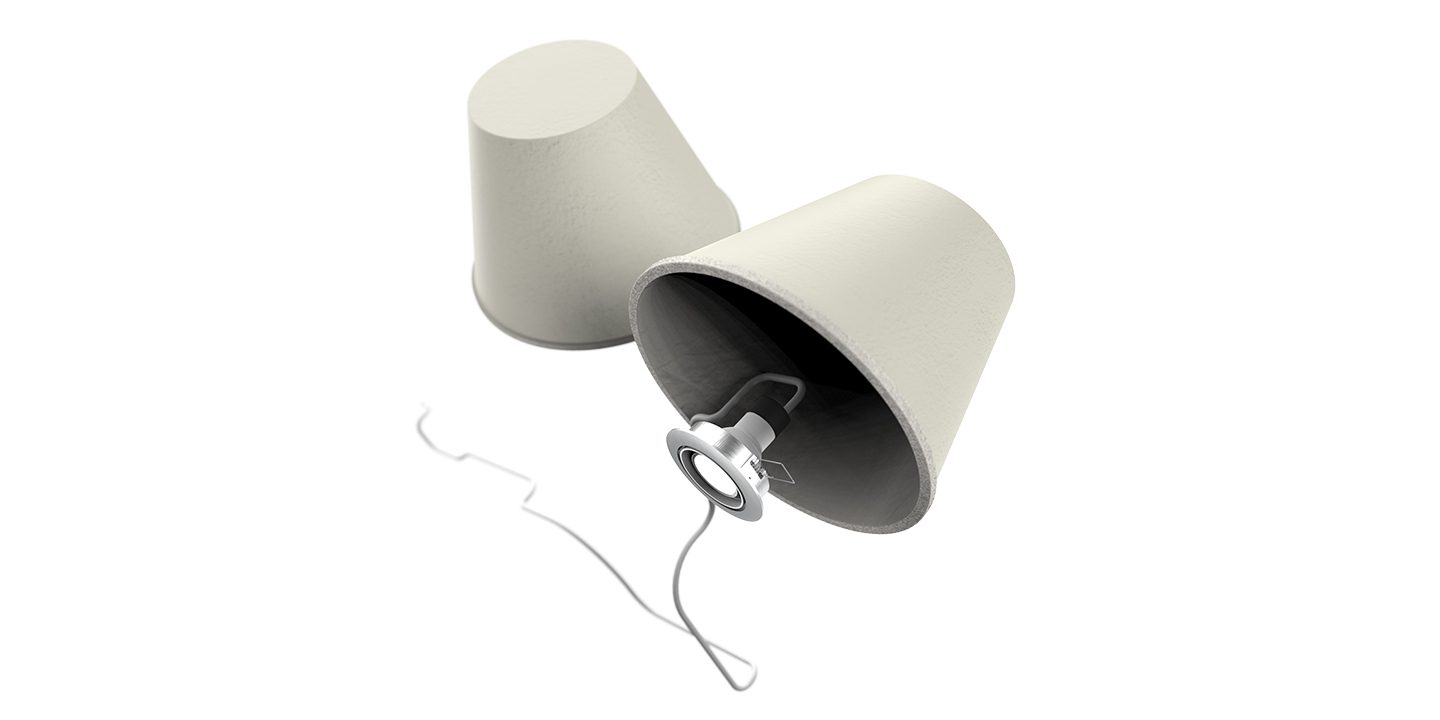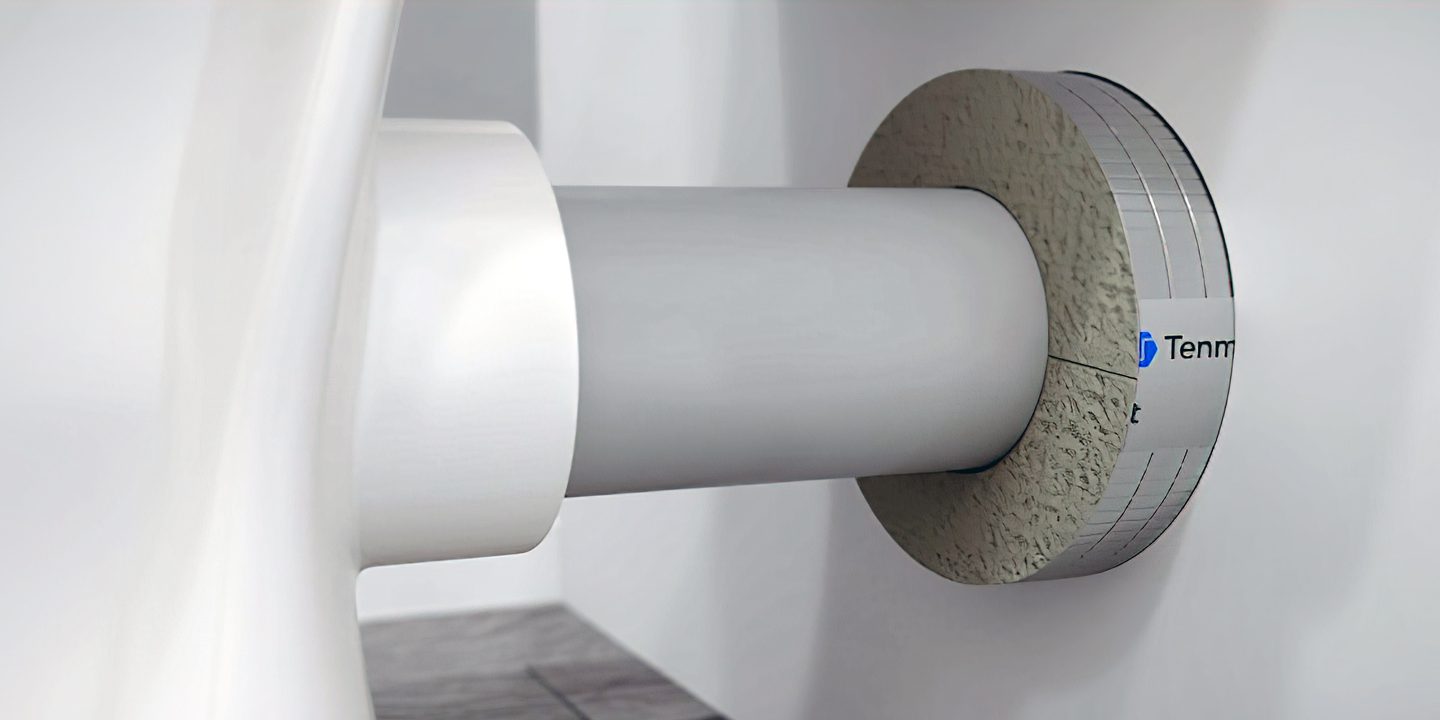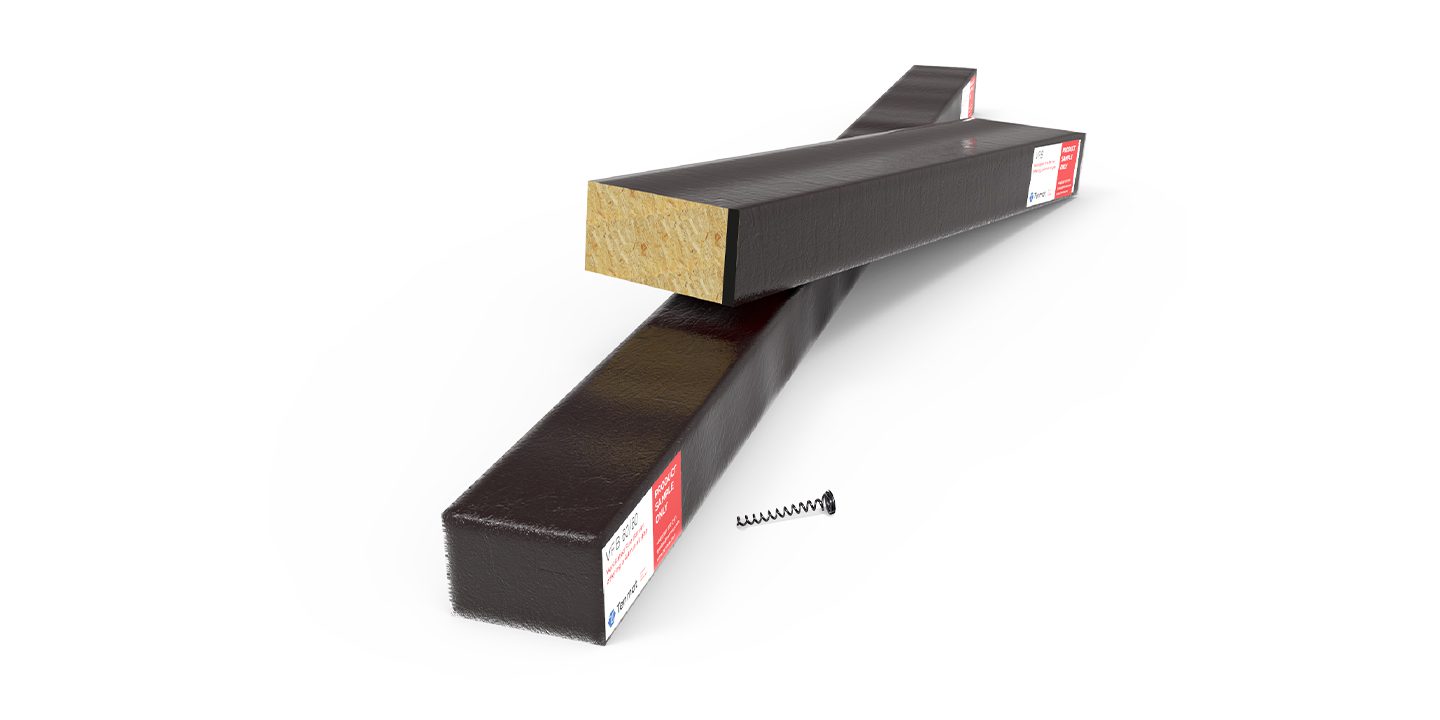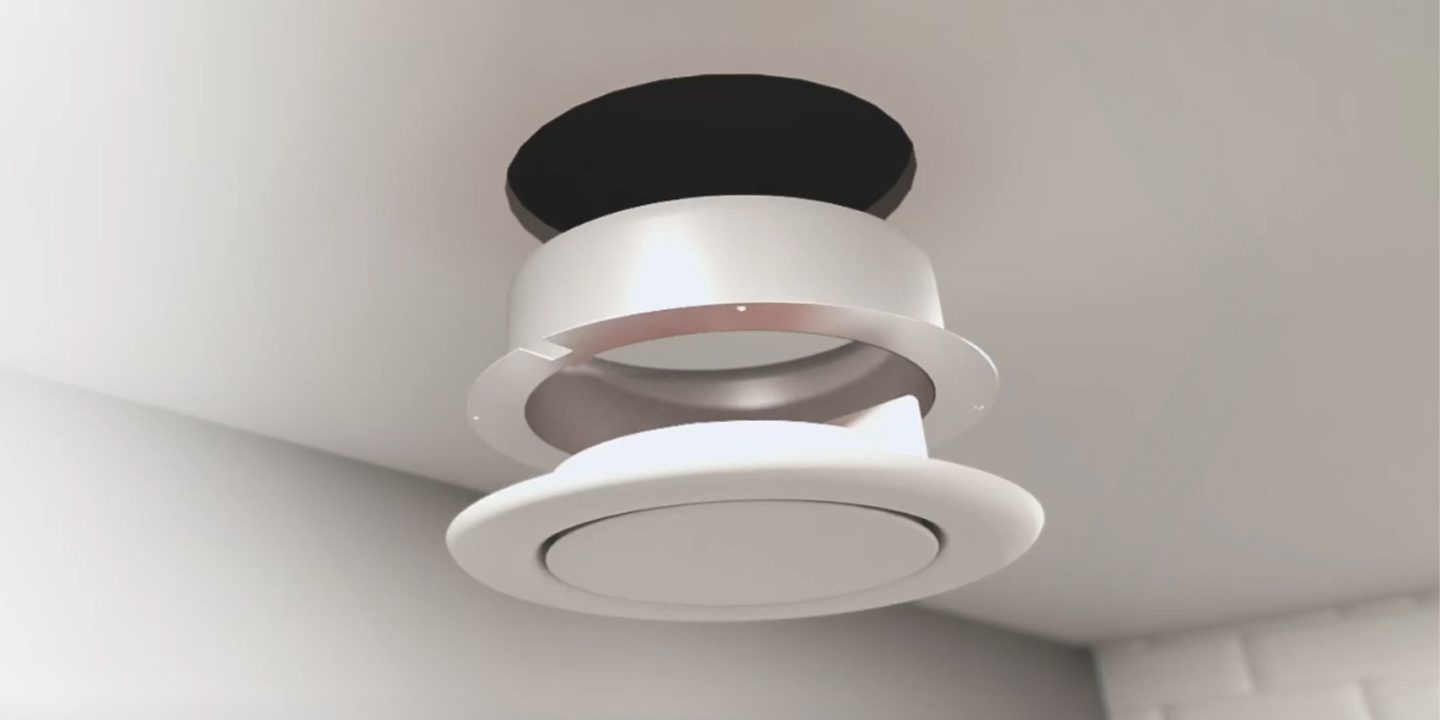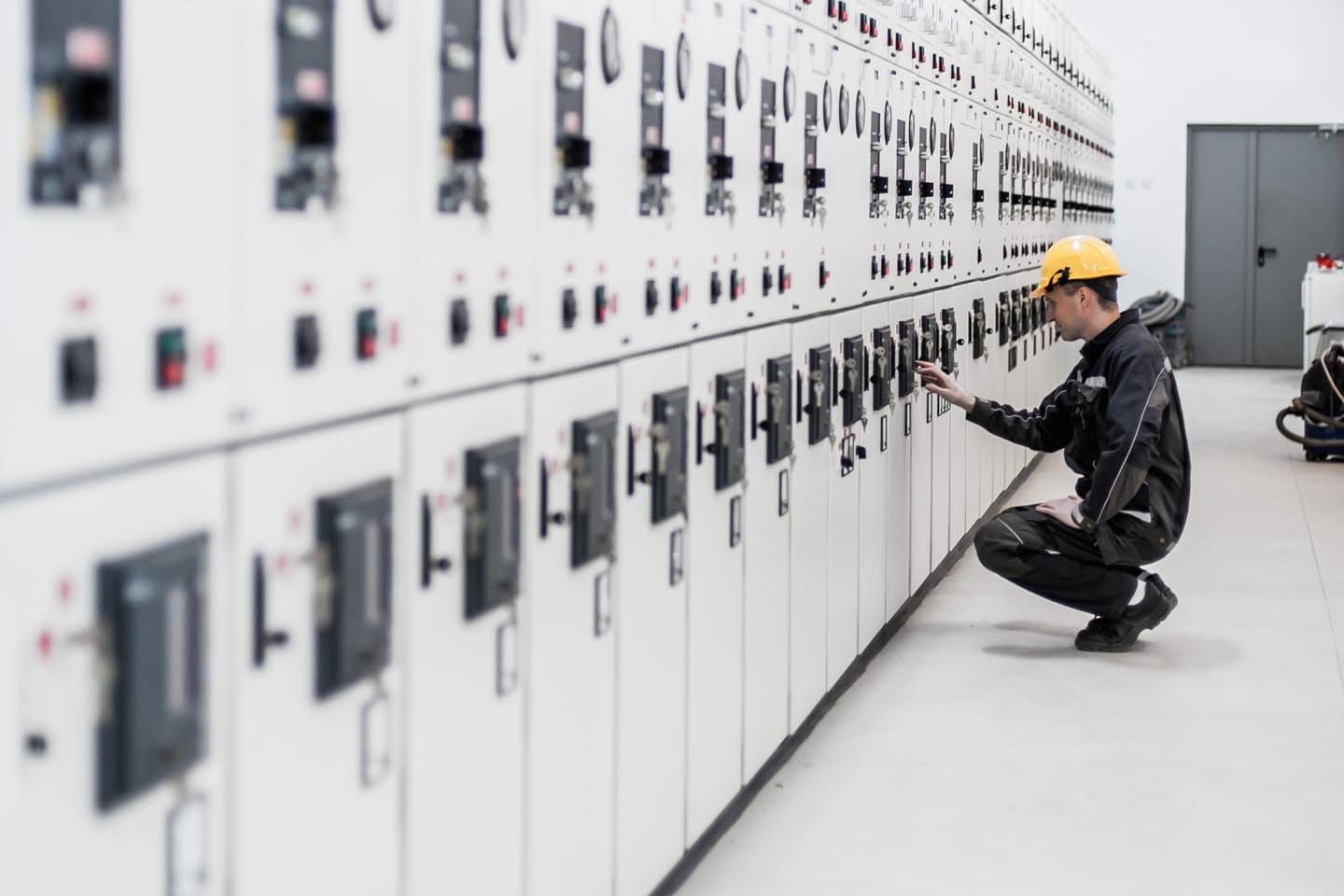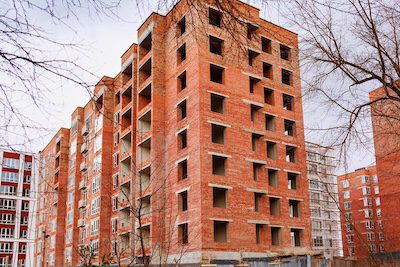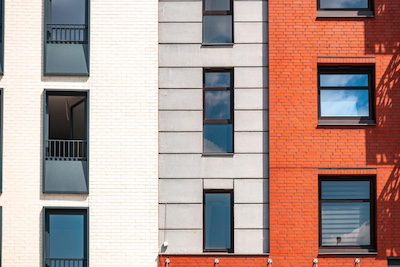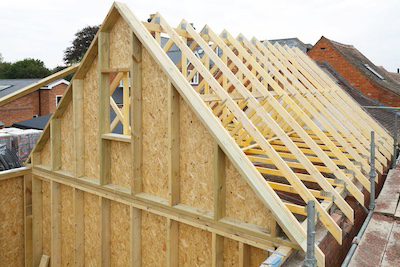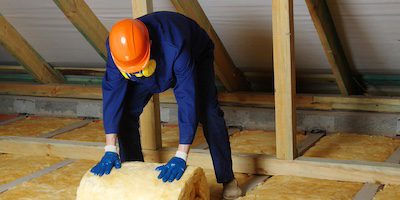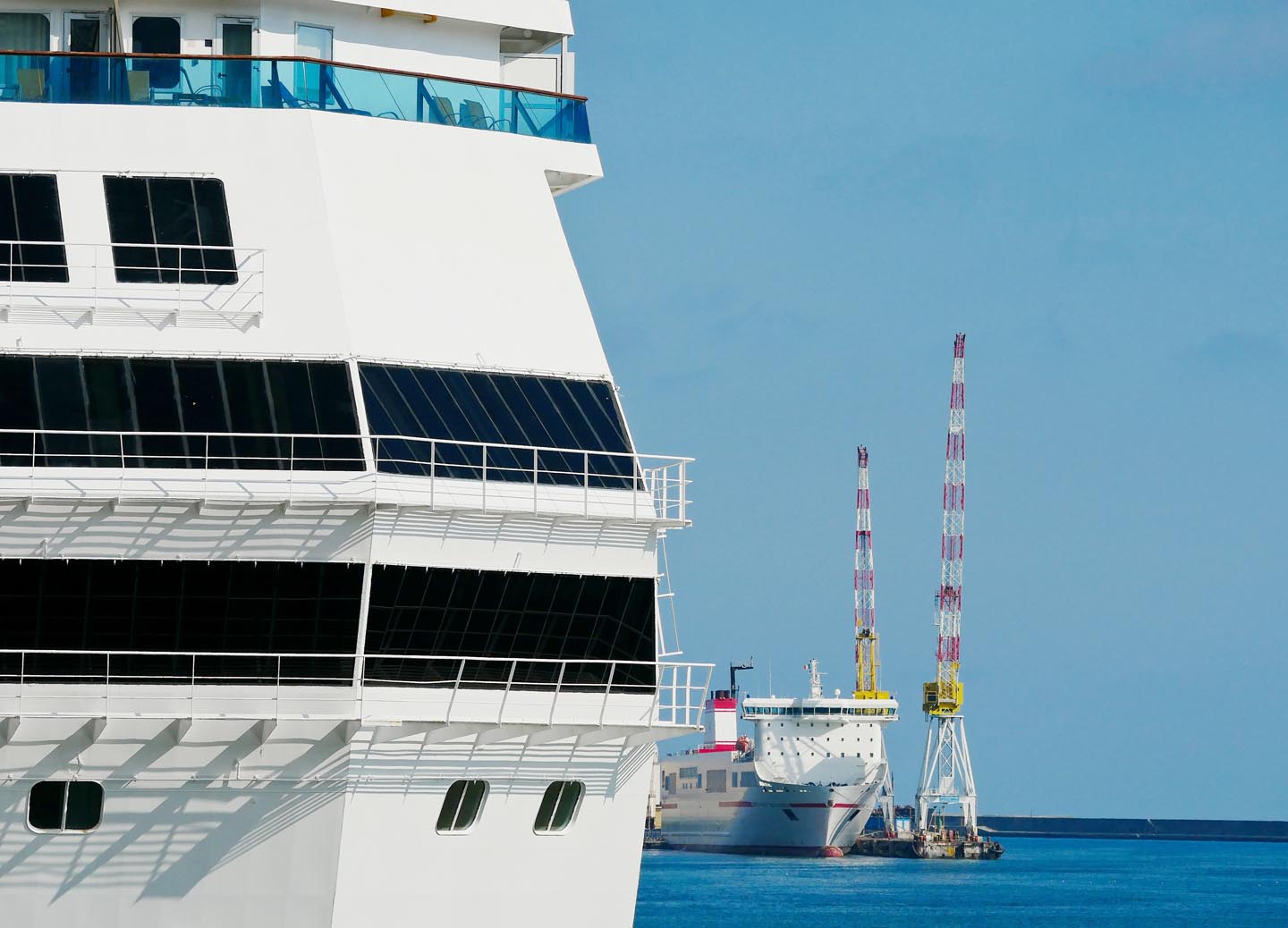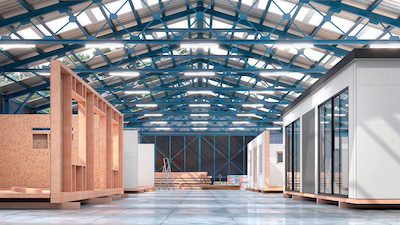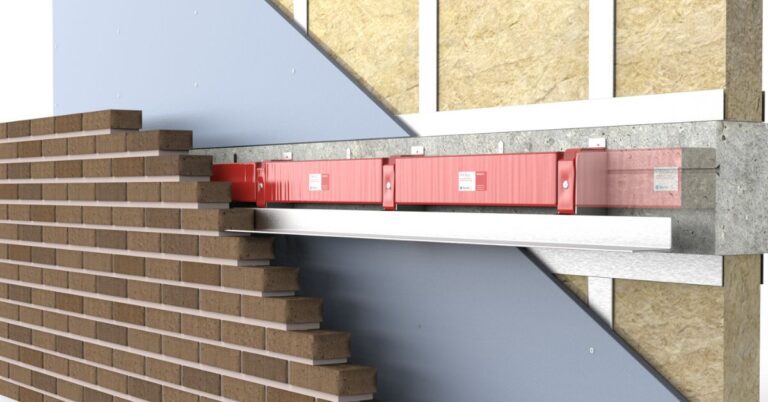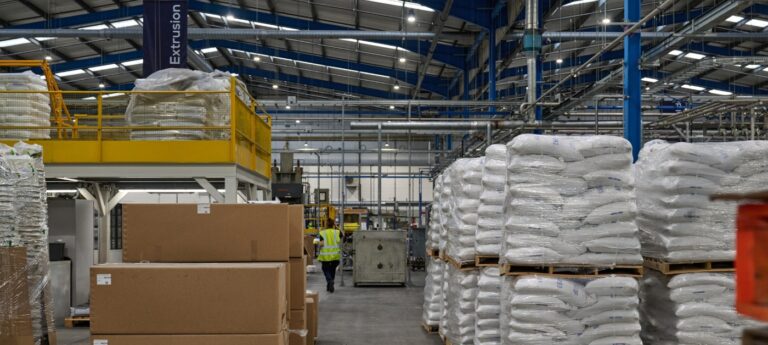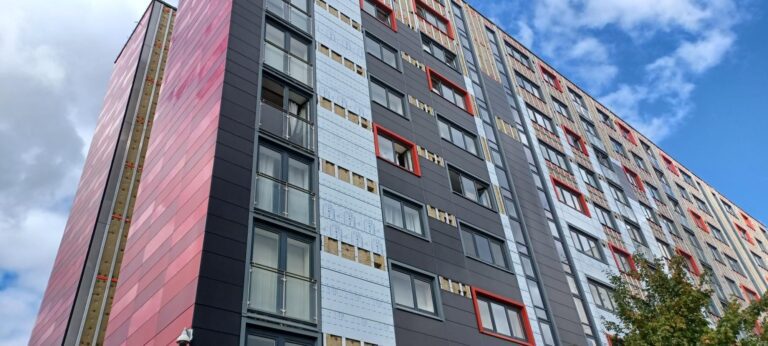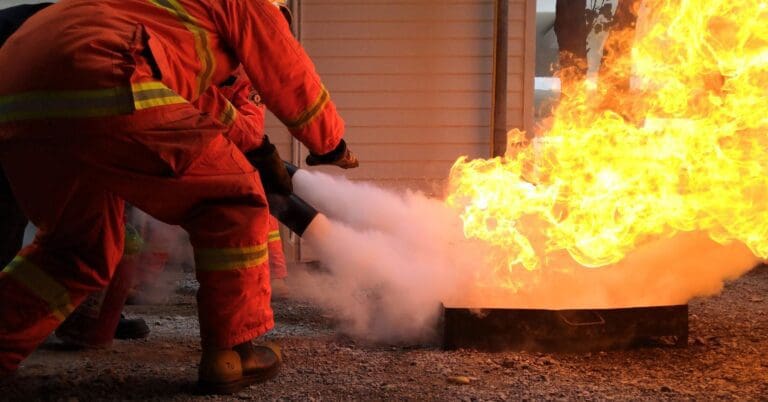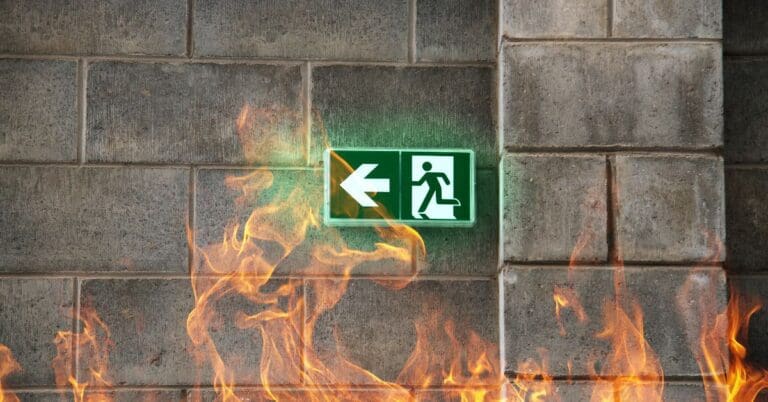Fitting the correctly tested and proven “loft covers” to downlights makes simple sense in both energy efficiency and safety terms, the common ad hoc use of “upside down plant pots” has been shown to be highly dangerous, Rupert Coggon of Tenmat Ltd discusses the dilemma.
Recessed halogen downlights create large amounts of heat energy which if covered directly by loft insulation can create a real fire hazard due to excessive heat build up and breakdown of the insulation on the wiring.
In order to fully comply with Part L of the Building Regulations and prevent unnecessary heat loss into the loft area, it is necessary to run the insulation continuously over the full area of the loft.
The above two statements create a potentially destructive dilemma when recessed downlights are penetrating the ceiling below a loft space as there are very few downlights which are tested to be directly covered by thermal insulation.
As in many such dilemmas, if the downlights are fitted correctly then there are large rewards not only in a perfectly safe installation but also in a dramatic reduction in the amount of heat which is being lost into the loft, if fitted incorrectly then heat loss is the least of the problems.
In the UK, house fires due to downlights overheating are generally attributed to “electrical faults”, however in countries where this situation has been investigated more thoroughly such as Australia, the amount of house fire caused directly by downlights being the cause of ignition is staggering, at least two per week in South Australia alone.
There is a lot of confusion as to the role of fire rated downlights in this regard, a fire rated downlight is designed to stop fire from penetrating through the ceiling void and this has nothing whatever to do with being resistant to overheating or being in any way less prone to overheating than a none fire rated downlight, in fact due to the enclosed nature of fire rated downlights they are often more prone to overheating, thus potentially leading to the ironic situation where a fire rated downlight could be the ignition source for a fire if covered with insulation.
There is also confusion over the role of downlight fire rated covers or hoods, these as with the fire rated downlights are not designed to be covered by insulation and are generally ventilated to promote cooling of the downlight, also many woven glass cloth hoods simply do not have the physical strength to support the loft insulation.
So what is the answer?
Firstly the type of downlight being used needs to be investigated, if the downlight is approved for use with loft insulation placed directly up against the side of the downlight then it will have the F mark which is a triangle with an F inside it, if it is approved for use when covered with insulation then it will have a “capped F” this is the F mark with an additional “cap” on the top of the triangle. It is crucial to distiquish between these marks as the vast vast majority of F marked downlights rely upon ventilation through the top of the fixture and thus cannot be covered, so be surprised if you find a “capped F” mark on a 50W halogen downlight fixture as they are a rare beast.
Without a “capped F” mark on the fixture, the next step is to determine how to safely cover the downlight.
A popular adhoc solution is to place an upside down plant pot over the downlight and then run the insulation over the plant pot, however recent testing by The Lighting Association has shown that using a plant pot whether it be of plastic or terocotta, dramatically overheats the downlight and the wires even when mains powered downlights are used, and it should be noted that low voltage products generate far greater amounts of heat.
The tests at the Lighting Association Laboratory showed that even a very large capacity plastic plant pot began to collapse due to the heat generated after only a few hours of use as well as the wiring and lamp temperatures getting well beyond safe limits.
Plant pots have there place but that place is not in the covering of downlights.
There are simple tried and tested products on the market which solve all of the above problems and additionally offer 60 minutes fire protection as well as adding dramatic reductions to the amount of air leakage through downlights, these products are called loft covers or loft caps. The secret of how a loft cover works is that is made from a rigid fibre material which has an amount of controlled porosity, this porosity allows the downlight to ventilate and thus keep the temperature within the manufacturers optimum temperature range.
The porosity is controlled to a level which still maintains a high degree of airtighness.
The loft covers are tested to the International standard which allows them to be fully buried in thermal loft insulation without causing overheating to the downlight or transmitting significant heat into the loft insulation, this means that the heat from the downlight is reflected back into the dwelling and is not lost.
The answer is clear, the issues of covering downlights with insulation can be solved to give optimum and safe results, but resorting to untested and ad-hoc solutions will normally dramatically increase the problem and not solve it.

